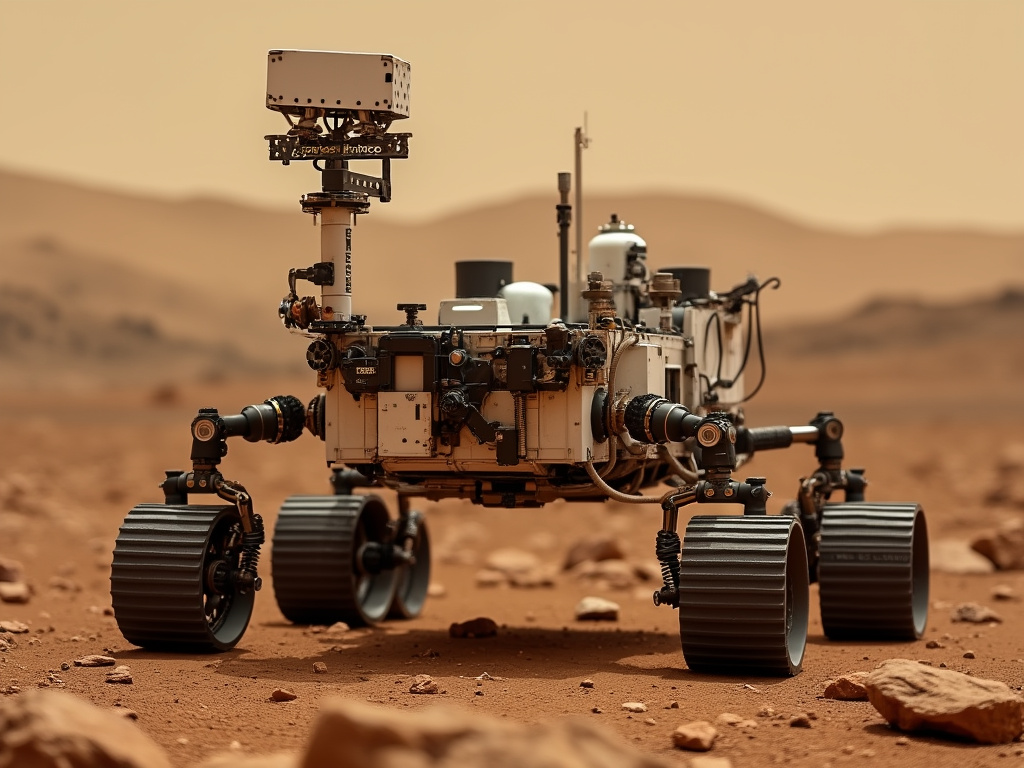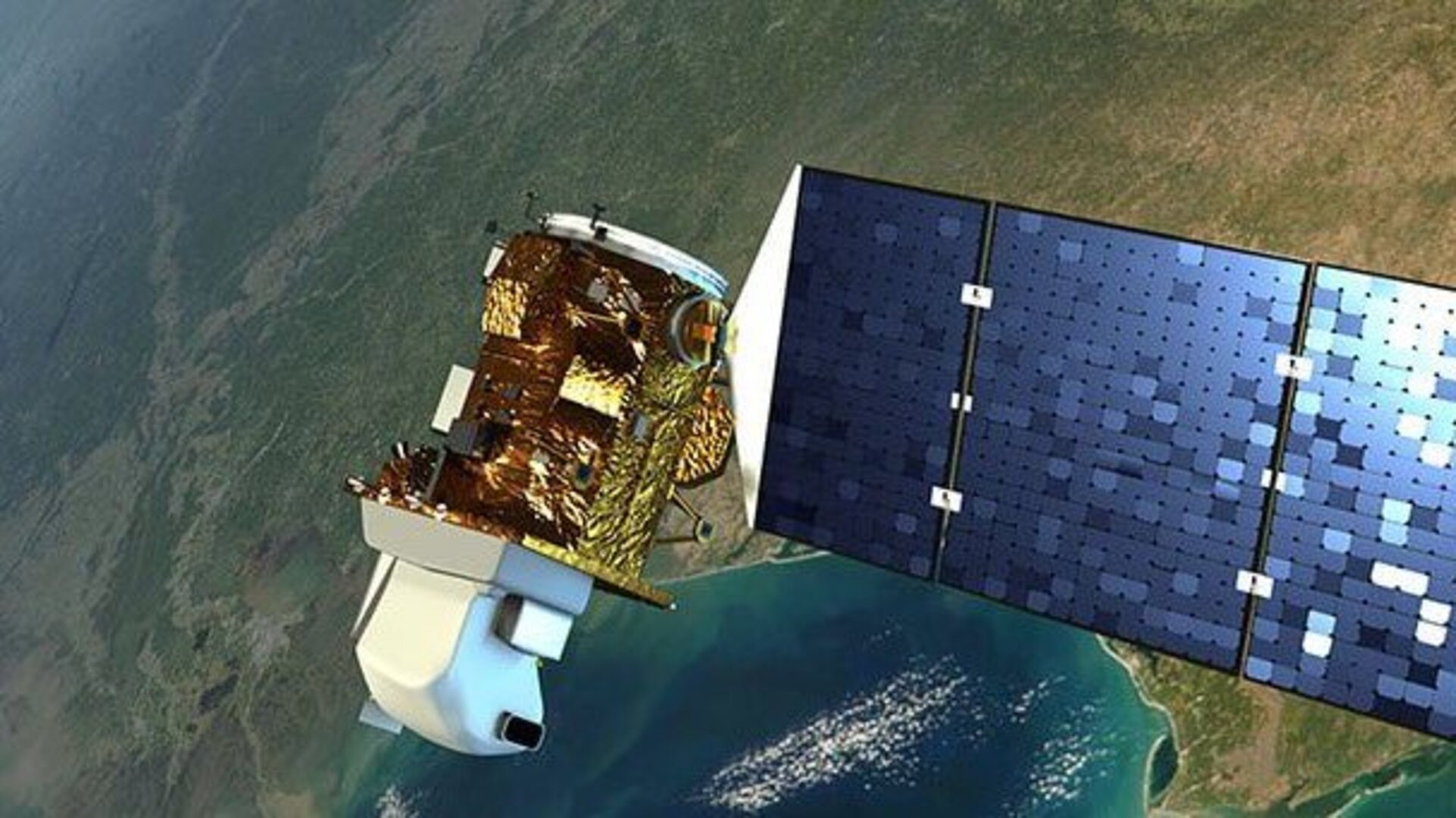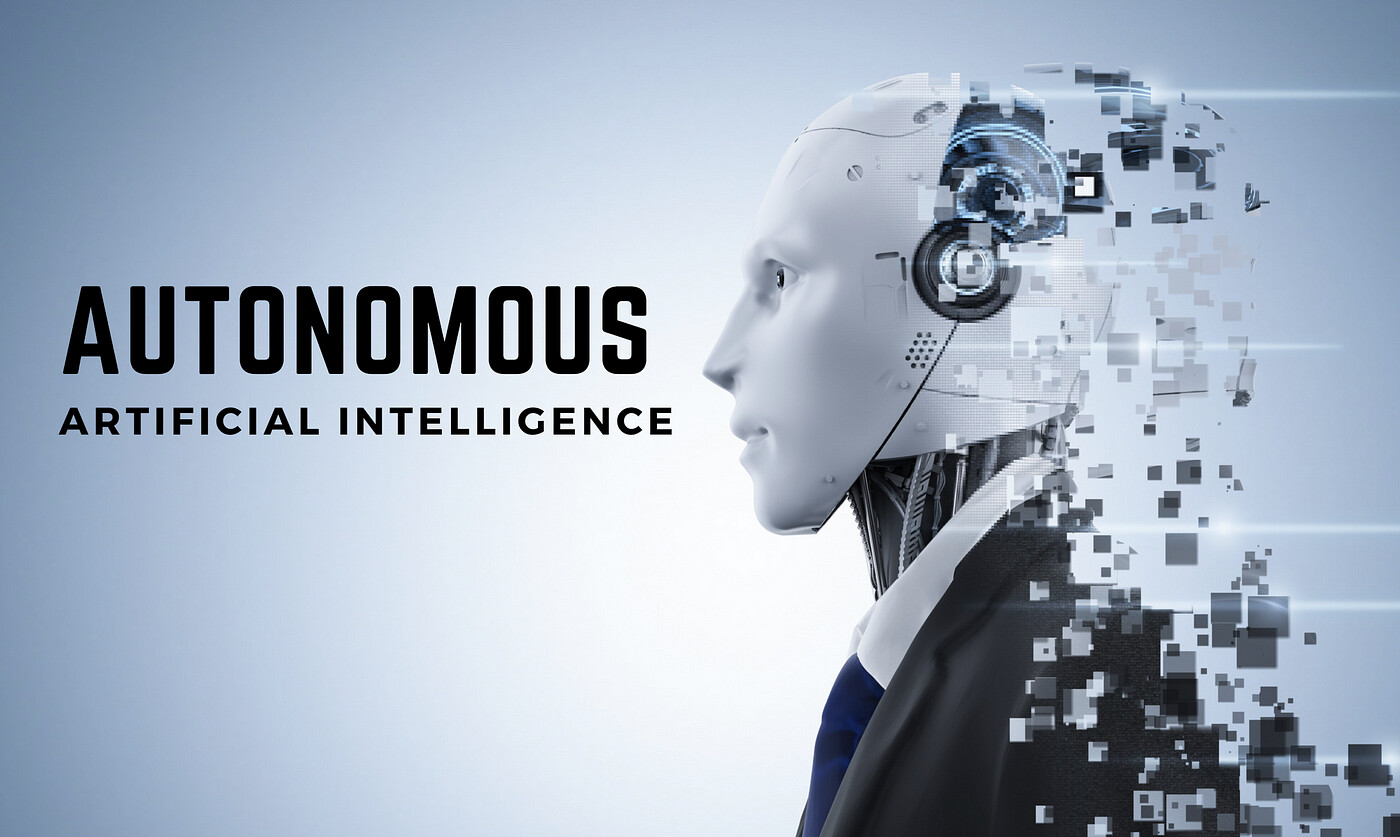Autonomous Agents in Space Exploration
What if robots could explore space without human help? That’s exactly what’s happening with autonomous agents in space exploration. These smart machines are changing how we discover the mysteries of our universe.
Space missions are getting more complex. We’re trying to reach farther into deep space and land on distant planets. Autonomous agents are making this possible. They can navigate, make decisions, and carry out tasks all on their own.
Imagine a spacecraft that can dodge asteroids without anyone on Earth telling it what to do. Or picture a rover that decides which rocks to study on Mars. These aren’t science fiction ideas anymore – they’re becoming real!
But using these intelligent systems in space isn’t easy. There are big challenges to overcome. How can we make sure they work perfectly in harsh space environments? What happens if something goes wrong millions of miles from Earth?
Despite these hurdles, the future looks bright for autonomous agents in space. They could help us explore places humans have never been before. They might even find signs of life on other worlds!
This article will take a closer look at how autonomous agents are being used in space today. We’ll explore the exciting possibilities they open up for future missions. Get ready to blast off into the world of space-exploring robots!
Current Capabilities of Autonomous Space Agents


Advancements in space exploration owe much to intelligent machines. NASA’s Mars rovers exemplify how autonomous agents enhance our ability to explore distant worlds. These robotic explorers traverse the Red Planet’s rugged terrain, making decisions independently and conducting scientific research without constant human oversight.
Perseverance, NASA’s latest and most advanced Mars rover, can navigate hazardous Martian landscapes autonomously. Its onboard AI analyzes the terrain in real-time, plotting safe paths around obstacles that could jeopardize the mission. This self-driving capability allows the rover to cover more ground and focus on the most promising areas for scientific discovery.
Navigation is just the beginning. These space-faring robots also act as field geologists. Perseverance carries an instrument called PIXL that uses artificial intelligence to hunt for signs of ancient microbial life. As Abigail Allwood, PIXL’s principal investigator, explains: “We use PIXL’s AI to home in on key science. Without it, you’d see a hint of something interesting in the data and then need to rescan the rock to study it more. This lets PIXL reach a conclusion without humans examining the data.”
This autonomous geological analysis is transformative. The rover can identify intriguing mineral compositions, decide to gather more data, and determine when to drill and collect rock samples – all without waiting for instructions from Earth. It’s like having a tireless scientist working 24/7 on another planet.
Perseverance isn’t the only one pushing boundaries. Curiosity, its older cousin, pioneered the use of AI for zapping rocks with lasers to analyze their chemical makeup. These autonomous capabilities allow both rovers to achieve far more than they could if they relied solely on Earth-bound human controllers.
Why is this significant? As Peter Lawson, a former JPL engineer, explains: “The idea behind PIXL’s adaptive sampling is to help scientists find the needle within a haystack of data, freeing up time and energy for them to focus on other things. Ultimately, it helps us gather the best science more quickly.”
These current capabilities are likely just the beginning. Future missions deeper into the solar system will require even more autonomous decision-making. The farther we venture from Earth, the longer the communication delays. Controlling a rover on a moon of Saturn, where each command takes hours to reach its destination, makes autonomous agents essential.
The strides in autonomous space exploration are laying the groundwork for more ambitious missions. As AI continues to evolve, who knows what discoveries these robotic pioneers might make on distant worlds? One thing is certain: the age of autonomous space agents is here, transforming our understanding of the cosmos.
Challenges in Autonomous Space Exploration
Autonomous agents promise significant advancements in space exploration, yet they face numerous challenges that test current technology. From communication delays to extreme environmental hazards, these obstacles require innovative solutions to fully harness AI-powered space missions.
A primary challenge is the vast distance in deep space exploration. As autonomous spacecraft travel farther from Earth, communication delays extend from minutes to hours. This delay poses a critical problem: how can these agents make immediate decisions when instructions from mission control arrive too late? Future AI systems must achieve unprecedented levels of autonomy and decision-making to operate effectively despite these delays.
Space itself presents another formidable hurdle. Extreme temperature fluctuations, intense radiation, and micrometeorite impacts can damage sensitive electronics. Current AI hardware isn’t designed to endure such harsh conditions for extended periods. Developing radiation-hardened processors and fault-tolerant systems robust enough for long-duration missions is essential.
Computational constraints are also significant. The power and cooling requirements of advanced AI processors conflict with the limited resources on spacecraft. Novel chip designs and more efficient algorithms are needed to maximize performance per watt. Some experts suggest using neuromorphic computing architectures that mimic the efficiency of biological brains.
Addressing these challenges requires a multi-faceted approach, combining advances in AI, hardware engineering, and space systems design. Researchers are exploring promising directions like edge computing to reduce reliance on Earth-based systems, self-healing materials to enhance durability, and hybrid AI/human control schemes. With sustained investment and innovation, autonomous agents may one day become humanity’s robotic explorers, venturing where no human has gone before.
The challenges facing autonomous space exploration are immense, but so too is the potential payoff. By pushing the boundaries of AI and robotics, we expand not just our reach into the cosmos, but our fundamental understanding of intelligence itself.
Developing truly autonomous space explorers is one of the great technological challenges of our time. Success will require the combined efforts of AI researchers, aerospace engineers, and visionaries willing to dream big. The solutions we discover may revolutionize space exploration and find applications in harsh environments on Earth as well.
Future Prospects of Autonomous Space Agents


A satellite showcasing solar technology in space. – Via esa.int
The future of autonomous agents in space exploration is brimming with potential. These AI-powered explorers are set to transform how we uncover the secrets of the universe, pushing the boundaries of human knowledge further than ever before.
Researchers are working tirelessly to enhance the AI capabilities of these robotic pioneers. Their goal is to create space agents capable of tackling increasingly complex tasks with minimal human intervention. Imagine a fleet of AI explorers venturing to distant asteroids or probing the mysteries of Mars, all while making split-second decisions light-minutes away from Earth.
Dr. Sarah Noble, a NASA Program Scientist, describes the potential: The development of autonomous spacecraft will be a game-changer in space exploration, allowing us to reach farther and achieve more than ever before.
This sentiment captures the transformative power these advancements could bring to our cosmic endeavors.
These AI advancements could redefine how we interact with alien environments. Imagine rovers that don’t just follow pre-programmed routes, but actively hunt for signs of ancient microbial life. Or consider probes that can adjust their mission parameters on the fly, responding to unexpected discoveries without waiting for instructions from Earth.
The impact is significant. By reducing the need for constant human oversight, these autonomous agents could dramatically accelerate the pace of discovery. They could operate in environments too harsh or distant for human explorers, opening up new frontiers in our understanding of the cosmos.
Challenges remain. Developing AI systems robust enough to withstand the harsh realities of space, from extreme temperatures to deadly radiation, is no small feat. There’s also the issue of how to imbue these agents with the judgment needed to make critical decisions millions of miles from home.
Despite these hurdles, the trajectory is clear. As AI capabilities continue to evolve, so will our ability to explore the furthest reaches of space. The advancement of these systems isn’t just about technological prowess; it’s about expanding the horizons of human knowledge and understanding our place in the universe.
The future of space exploration is intrinsically linked with the development of ever-more-capable autonomous agents. These AI explorers will be our eyes, ears, and hands in the cosmic frontier, unlocking mysteries and expanding our understanding of the universe in ways we can scarcely imagine today.
Conclusion: SmythOS Propels Autonomous Agents in Space Exploration


A digital robot in a suit, showcasing its design. – Via smythos.com
Advanced autonomous agents are crucial for future space exploration, capable of making critical decisions light-years from Earth. These AI-powered systems face unique challenges in space, such as radiation exposure and limited computational resources. However, the potential rewards are immense, promising new frontiers of discovery and innovation.
Platforms like SmythOS are emerging as game-changers in this cosmic quest. By offering robust multi-model AI support and enterprise-grade deployment options, SmythOS provides the sophisticated orchestration needed to manage complex intelligent behaviors in space missions. Its visual workflow builder and pre-built integrations empower teams to rapidly prototype and deploy AI agents tailored for the rigors of space exploration.
With SmythOS, space agencies and private companies can develop more resilient, adaptable autonomous systems. These AI agents could one day navigate asteroid fields, conduct intricate repairs on spacecraft, or make groundbreaking scientific observations with minimal human intervention.
The combination of artificial intelligence and space exploration is just beginning. Platforms like SmythOS are laying the groundwork for a new era of cosmic discovery, where intelligent machines become our eyes, ears, and hands in the vast expanse of space. The journey ahead is long, but with each advancement in AI and autonomous systems, we inch closer to unlocking the universe’s deepest secrets.
Last updated:
Disclaimer: The information presented in this article is for general informational purposes only and is provided as is. While we strive to keep the content up-to-date and accurate, we make no representations or warranties of any kind, express or implied, about the completeness, accuracy, reliability, suitability, or availability of the information contained in this article.
Any reliance you place on such information is strictly at your own risk. We reserve the right to make additions, deletions, or modifications to the contents of this article at any time without prior notice.
In no event will we be liable for any loss or damage including without limitation, indirect or consequential loss or damage, or any loss or damage whatsoever arising from loss of data, profits, or any other loss not specified herein arising out of, or in connection with, the use of this article.
Despite our best efforts, this article may contain oversights, errors, or omissions. If you notice any inaccuracies or have concerns about the content, please report them through our content feedback form. Your input helps us maintain the quality and reliability of our information.